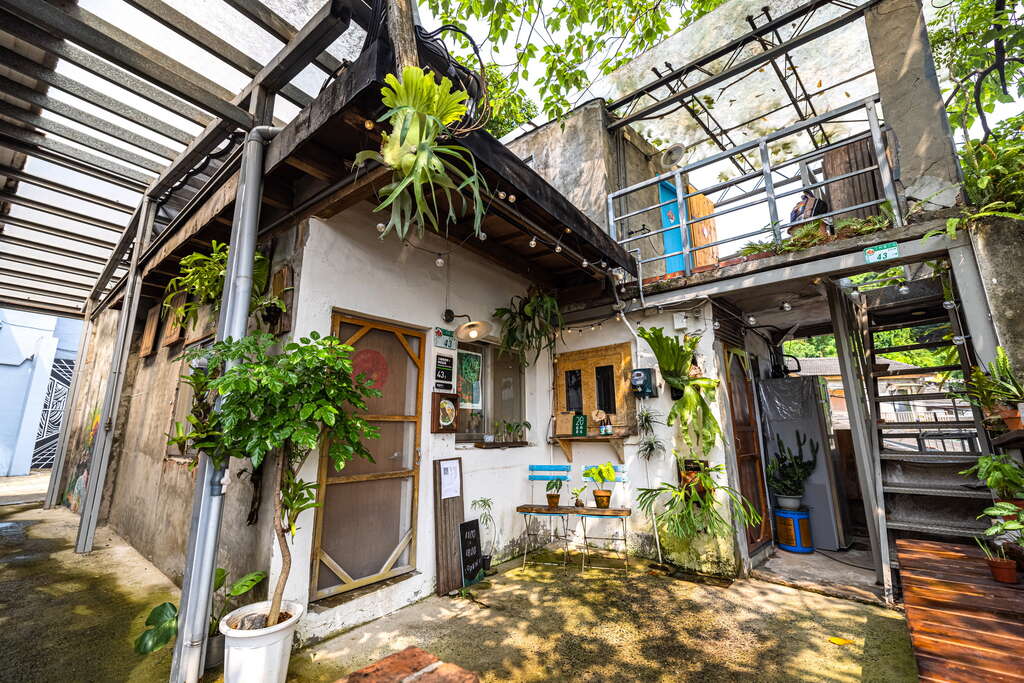Treasure Hill Artist Village Introduction
Located beside the Gongguan Riverside, the Treasure Hill International Arts Village's historical context includes the registered historical monument, Treasure Hill Temple, and generally refers to the historical settlement that extends from the vicinity of the temple. This settlement is primarily composed of illegal constructions built in the 1960s and 70s. These structures are built along the mountains and rivers, presenting a twisting, complex layout that showcases the unique settlement characteristics of Taiwan. In 2004, Treasure Hill was officially registered as a historical building and preserved through revitalization efforts. The Treasure Hill International Arts Village officially began operations in 2010, introducing plans such as “Treasure Homestead,” “Artist Residency Program,” and “Youth Club” under the concept of “settlement symbiosis,” revitalizing and preserving Treasure Hill through the integration of art and living. The arts village serves as a platform for connecting local residents and resident artists, breathing new life into Treasure Hill. Currently, the Arts Village has 14 artist studios that serve as work and living spaces for both domestic and international resident artists. Additionally, it includes rehearsal rooms, exhibition spaces, and outdoor performance areas. From the green space at the riverbank below the settlement, the remnants of walls stretch across, forming a historical cross-section and providing clues to read the rich historical texture and the diverse spatial structure of Treasure Hill. The “Loft Youth Club,” which has seven rooms, officially began operation in April 2014. The youth club aims to become a pathway for the settlement, intending to reveal the marks of time through its spatial dimensions and embody a “living” space for human settlements. It also opens up experiences to the world through “residential living,” initiating dialogue with the world by combining the spirit of natural settings and the ethos of human habitation. The Treasure Hill, near the public water works under Fuhe Bridge, is a historically significant settlement with distinctive landscape features, visible through its winding alleys and stairs that rise and fall along the gentle slopes, creating a natural landscape and a distinctive settlement appearance among the surrounding hills. In recent years, through policies of revitalization and preservation, the introduction of artists and cultural creative studios has allowed the public to experience this unique cultural symbiotic settlement that falls along the sloped terrain. Additionally, there is a temple dedicated to Guanyin, dating back two to three hundred years, where people can pray for peace. For those wishing to enjoy river views, they can ride along the riverside bike path from Xindian all the way to the Tamsui River, relishing the joy of cycling against the breeze.











